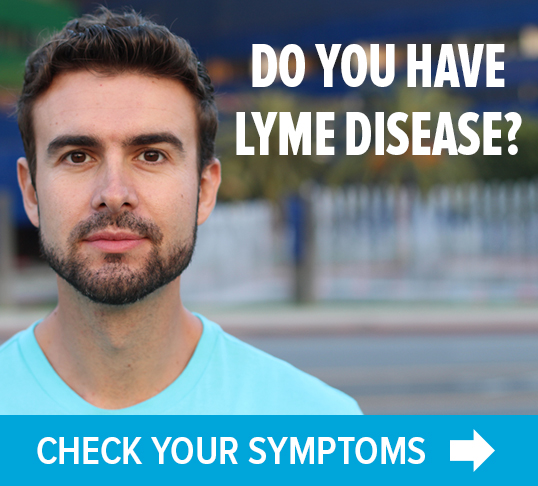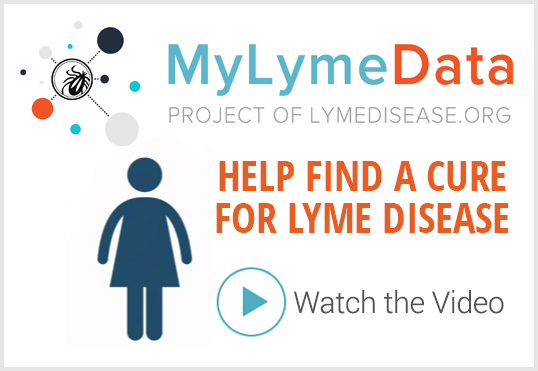 Two Standards of Care for Lyme Disease Treatment
Two Standards of Care for Lyme Disease Treatment
There is significant controversy in science, medicine, and public policy regarding Lyme disease. Two medical societies hold widely divergent views on the best approach to diagnosing and treating Lyme disease. The conflict makes it difficult for patients to be properly diagnosed and receive treatment.
One medical society, the Infectious Diseases Society of America (IDSA), regards Lyme disease as “hard to catch and easy to cure” with a short course of antibiotics. IDSA claims that spirochetal infection cannot persist in the body after a short course of antibiotics. The group also denies the existence of chronic Lyme disease.
In contrast, the International Lyme and Associated Diseases Society (ILADS), regards Lyme disease as often difficult to diagnose and treat, resulting in persistent infection in many patients. ILADS recommends individualized treatment based on the severity of symptoms, the presence of tick-borne coinfections and patient response to treatment.
LDo believes that patients and their doctors should make Lyme disease treatment decisions together. This requires that patients be given sufficient information about the risks and benefits of different treatment options. Then, patient and health care provider can collaborate to reach an informed decision, based on the patient’s circumstances, beliefs and preferences.
LDo endorses the ILADS guidelines, which allow greater exercise of clinical discretion by physicians and provide patients with more treatment options. It is the doctor’s responsibility to tell patients about the different treatment options so that patients can make an informed choice.
Early Lyme Disease Treatment
ILADS doctors are likely to recommend more aggressive and longer antibiotic treatment for patients. They may, for instance, treat “high risk” tick bites where the tick came from an endemic area, was attached a long time, and was removed improperly. They may treat a Lyme rash for a longer period of time than the IDSA recommends, to ensure that the disease does not progress. They are unlikely to withhold treatment pending laboratory test results.
Late or Chronic Lyme Disease Treatment
Experts agree that the earlier you are treated the better, since early treatment is often successful. Unfortunately, a substantial portion of patients treated with short-term antibiotics continue to have significant symptoms. The quality of life of patients with chronic Lyme disease is similar to that of patients with congestive heart failure. Doctors don’t agree about the cause of these ongoing symptoms. The primary cause of this debate is flawed diagnostic testing. There is currently no test that can determine whether a patient has active infection or whether the infection has been eradicated by treatment.
The IDSA thinks Lyme disease symptoms after treatment represent a possibly autoimmune, “post-Lyme syndrome” that is not responsive to antibiotics. The IDSA essentially regards Lyme disease as an acute infection like strep throat that can be treated with a short course of antibiotics. The IDSA guidelines are now eight years old and do not reflect recent science.
ILADS physicians believe that ongoing symptoms probably reflect active infection, which should be treated until the symptoms have resolved. These physicians use treatment approaches employed for persistent infections like tuberculosis, including a combination of drugs and longer treatment durations. The ILADS guidelines have just recently been updated using a rigorous review of the medical literature.
The ideal antibiotics, route of administration and duration of treatment for persistent Lyme disease are not established. No single antibiotic or combination of antibiotics appears to be capable of completely eradicating the infection, and treatment failures or relapses are reported with all current regimens, although they are less common with early aggressive treatment.
All medical treatments have risks associated with them. While the safety profile of antibiotics is generally quite good, only the patient (in consultation with his or her physician) can determine whether the risks outweigh the potential benefits of any medical treatment.
An ILADS doctor may consider the possibility of tick-borne coinfections, particularly if a patient does not respond to treatment or relapses when treatment is terminated. Other factors to consider are immune dysfunction caused by Lyme; silent, opportunistic infections enabled by the immune dysfunction; hormonal imbalance caused by Lyme; and other complications.
Considerations while on Lyme treatment
Antibiotics can wipe out beneficial intestinal flora, leading to a wide variety of additional health problems. It is important to take probiotics while on antibiotics to maintain a healthy balance of gut bacteria. Furthermore, antibiotics may interact with other drugs, supplements or food. The National Institutes of Health’s MedLinePlus website gives information about drug interactions.


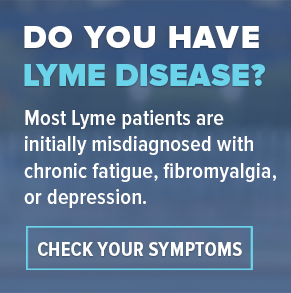
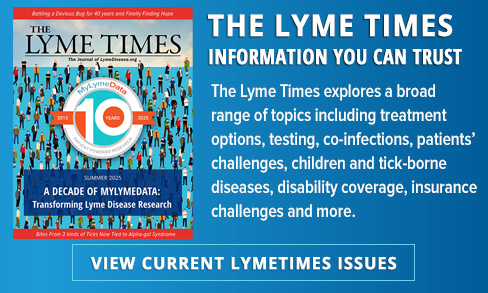
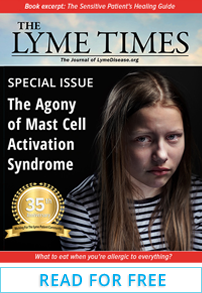
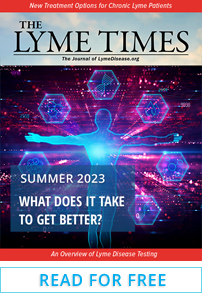
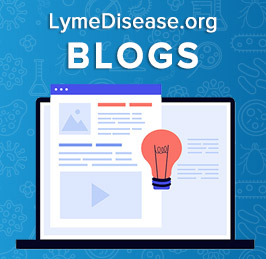

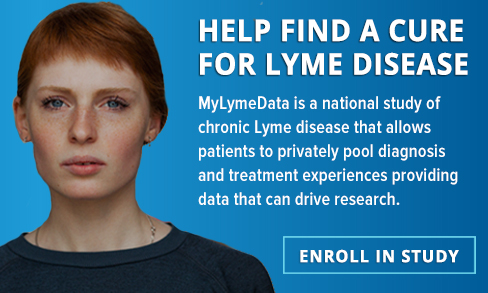
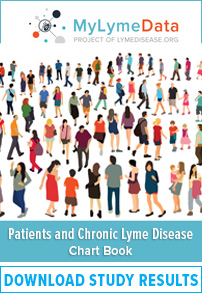
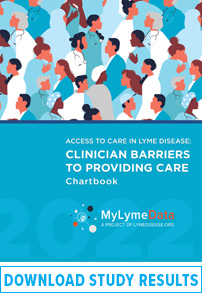



 Two Standards of Care for Lyme Disease Treatment
Two Standards of Care for Lyme Disease Treatment
